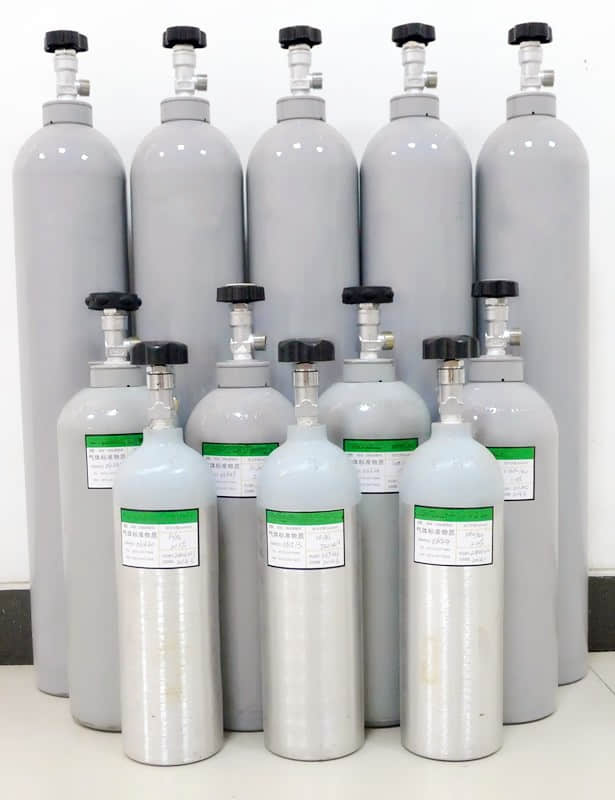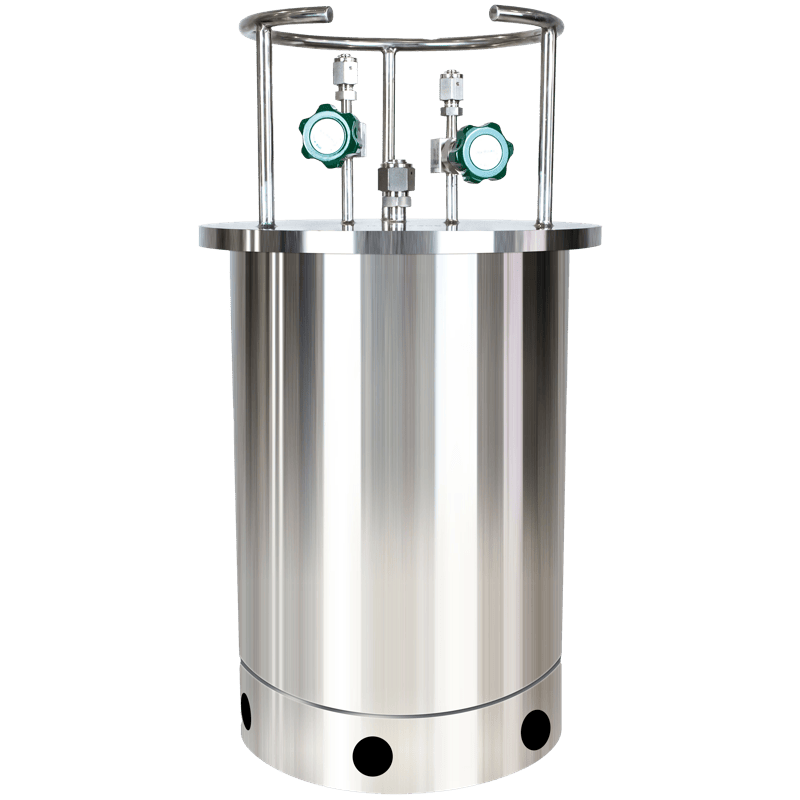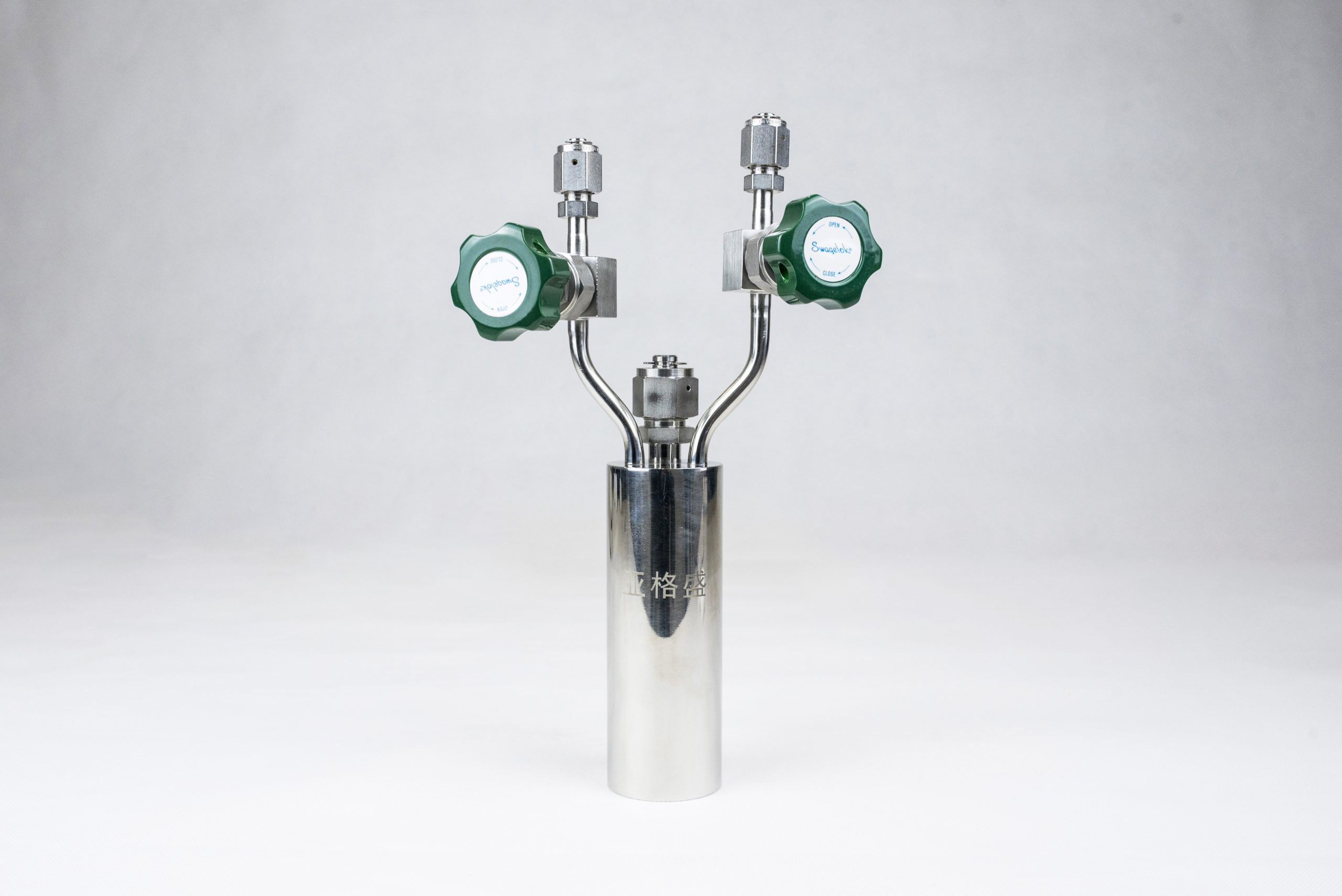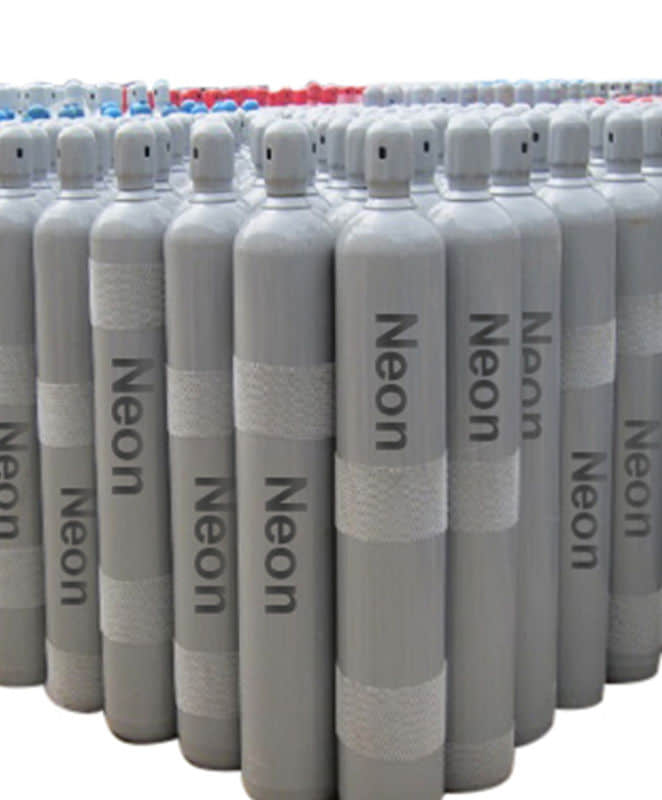Silane is a general term for a series of compounds composed of silicon and hydrogen. Strictly speaking, silane should refer to a large group of substances. However, in actual production, we generally refer to methylsilane (chemical formula SiH4) as “silane”
Silane has both “gas” and “silicon containing” characteristics, and can generate crystalline silicon through pyrolysis reactions. Because it has high purity and can achieve precise control, it is an important special gas that many other silicon sources cannot replace. Silane can be considered as “flowing pure silicon”, therefore, where there is silicon, it is often used, including applications such as TFT (thin film transistor)/LCD (liquid crystal display), crystalline silicon solar cells, semiconductors, and emerging fields such as silicon carbon negative electrodes, advanced ceramics, composite materials, biomaterials, and so on. Silane almost consumes the entire new energy, semiconductor, and new material industries.
Electronic grade silane is a high-purity silane gas commonly used to make high-purity silane films and silicon nitride films. It has colorless, extremely active compressed gas, spontaneous combustion in air, and is widely used in epitaxial deposition of crystalline silicon film and production of polysilicon film, silicon monoxide film and silicon nitride film.
Silane (SiH4) is a type of silane with the chemical formula SiH4, similar in structure to methane and exhibiting a tetrahedral structure. The following is its specific information:
Physical properties: silane is a colorless gas with a garlic odor at room temperature and pressure. Its boiling point is -112 ℃, melting point is -185 ℃, and density is 1.114g/cm ³。
Chemical properties: The chemical properties of silane are extremely sensitive to the reaction results with oxygen, and a certain concentration of silane can also explode with oxygen at a temperature of -180 ℃. As silane, its combustion flame is dark yellow and undergoes a reaction under sufficient oxygen conditions: SiH4+2O2=SiO2+2H2O, Δ H=-362 kcal/mol. If there is insufficient oxygen, an incomplete oxidation reaction occurs: SiH4+O2=SiO2+2H2, Δ H=-226 kcal/mol.
The application of silane is mainly concentrated in the electronics industry, photovoltaic industry, and semiconductor industry, as an important raw material for preparing high-purity silicon-based materials.
In the electronics industry, silane is widely used in the manufacturing of solar cells, semiconductor devices, and integrated circuits. Through the chemical vapor deposition (CVD) process, silane can generate high-purity silicon-based materials, such as monocrystalline silicon, polycrystalline silicon, and amorphous silicon, which are key components for manufacturing solar cells and integrated circuits.
In the photovoltaic industry, silane is one of the important raw materials for preparing high-efficiency solar cells. Compared with other photovoltaic materials, solar cells prepared with silane have higher photoelectric conversion efficiency and longer service life.
By fully utilizing China’s production capacity and cost advantages in raw materials, we aim to achieve the lowest cost of methylsilane globally. Our silane is mainly used in the solar photovoltaic industry and display panels, both of which have the largest production capacity in the world. This shows that our quality is very stable and reliable, and our production capacity is constantly expanding. Currently, we have a production capacity of 5000 tons per year, which is expected to be in two years, Our production capacity can reach 20000 tons per year.







